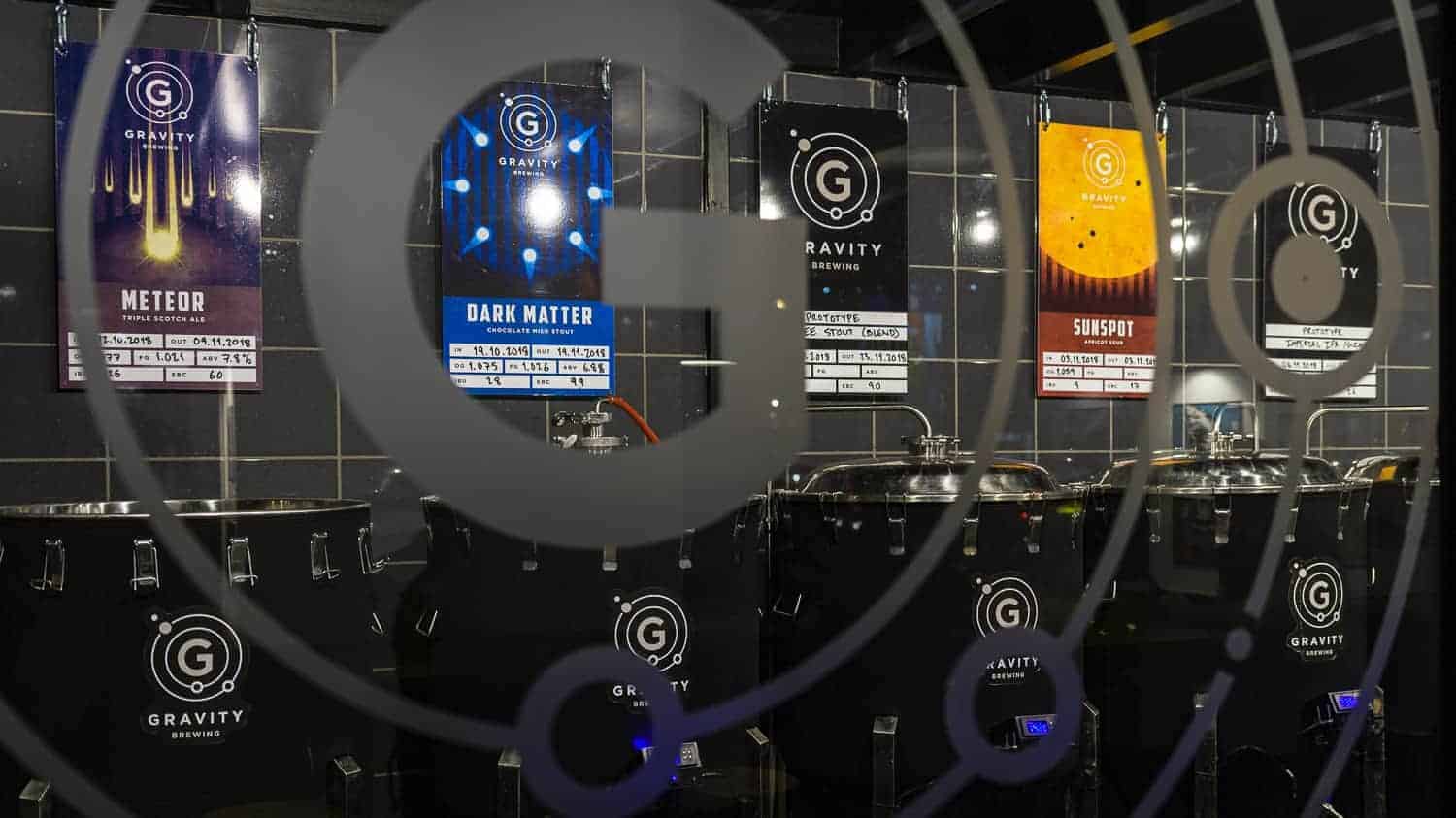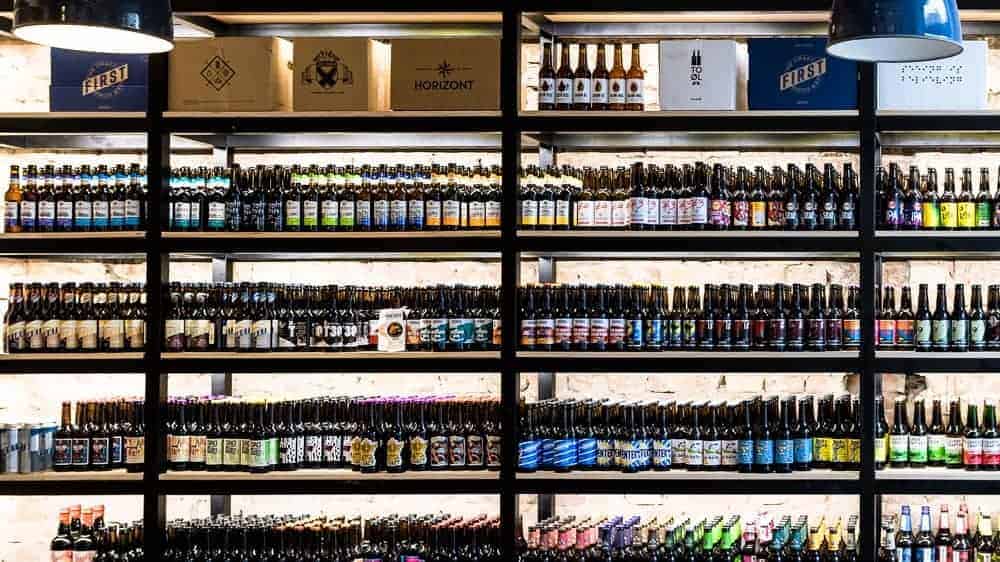Hungarian craft beer is too expensive.
Welcome to the first post in a three-part series that’s going to piss a lot of people off. In the year since our launch, we’ve been thrilled by the reception you, the public, have given us, and frustrated by the opaque hype pumped out by much of our industry.
One of our aims in writing this blog is to help remedy the information vacuum by showing you how we brew our beers and why it matters. Over the past three months, we’ve taken you through our brew process from start to finish, in the hope that you’ll get a sense of the principles we pride ourselves on, and perhaps learn something new along the way.
But now it’s come time to address some of the issues on the periphery, because brewing great beers is only half of our battle. Unless we can sell our brews at locally-affordable prices, we might as well save ourselves a lot of local bureaucratic hassle and move to London.
So back to the issue at hand: Hungarian craft beer is too expensive. Not all of it, of course; there are many fantastic brewers producing consistent quality at very fair prices, and we try to partner with them as much as possible. But there is a growing trend in Budapest toward prices on par with American, British, and Scandinavian beers for Hungarian releases which do not meet the quality and consistency one expects from Cascade, Verdant, or Pohjala.
Today we’ll be examining how much of this local price creep derives from the breweries themselves. There are other culprits which we’ll look at in Part II, but the lion’s share of the trend is the result of breweries selling their beers at ever-increasing prices to bars and bottle shops.
We’ve talked already about the importance of transparency to us at Gravity; let’s make that concrete. Here’s the cost-per-liter breakdown for our “Red Shift” Red Rye:
Grain: 72ft
Hops: 57ft
Yeast: 28ft
Additions: 13ft
KeyKeg: 160ft
Alcohol excise (6% ABV): 49ft
Total cost: 379ft
Margin: 401ft
Net price/L: 780ft
Gross price/L: 991ft
Ingredient costs tend to be relatively stable, given the flavour profile we want to achieve; at most we might make a 10% efficiency improvement on those figures. The advantages of using KeyKegs are well worth the added cost to us, so we price them into our totals rather than charging bars for them as an optional extra. Excise is fixed industry-wide at 810ft/hL per alcohol percent.
Which leaves our margin. At Gravity, we peg our margins at 400-500ft/L, occasionally dipping to 350ft/L for something we want to keep cheap, or reaching to 550ft/L for something which takes more work and time, like our Imperial Stout. For that, our biggest and longest brew, our total costs rise as high as 650ft/L, so we can sell it at 1499ft/L gross and still make a respectable profit.
Here in Budapest, our wholesale range of 990-1499ft puts us on the lower end of the scale, well below most local breweries. As a nanobrewery, our ingredient costs and fixed overheads are significantly higher due to the small scale we brew on. So why aren’t bigger breweries undercutting our prices?
The truth is that most of the Hungarian craft explosion of the past 5 years has been in over-sized, investor-led installations: brand new brewhouses in the 500-2000L range, starting without production-tested recipes or institutional expertise. As these brewery-shaped investment vehicles have matured, they’ve generally built respectable beer ranges, and fostered some new talent in the people they’ve hired to do the actual brewing.
When you brew solely on a large batch size, though, the distinction between alpha batch and mass release largely vanishes, particularly given the growing trend toward weekly release cycles and ever-shrinking development time. At Gravity, we’re happy to dump perfectly clean beer which doesn’t meet our standard. We can do this because our investment per batch is tiny, just like our brewhouse.
This isn’t a problem of principle so much as financial feasibility: there’s just far more pressure to release substandard beers when you’ve got so much more on the line. That pressure increases as beer prices rise, and increases further when the brewers aren’t the only ones making the decision.
Many of the last wave of Hungarian breweries are also experiencing further financial pressure due to their age and size – investors tend to expect reliable returns after 3 years, and the challenges of shifting 500L of every alpha batch have led to bloated marketing and administration departments, staff who must be paid to continue moving volume.
So Budapest has reversed the traditional economy of scale; as volume increases, price per liter actually rises. What would be a 3-5 person operation in California or Scotland has become a 10-15 person office with less time available to develop their beers and more time allocated to feverishly promoting them via collaborations, festivals, and social media.
However, this troublesome state of affairs is far from universal in our industry; for every brewery pushing out alpha projects at 1000ft/dL there’s a slightly younger, nimbler one trying to carve out some market share. There must be another factor at play in Hungary’s burgeoning craft beer prices.
And there is: the bars. We’ll be back in two weeks to take a look at the distribution side in Part II of this series.



